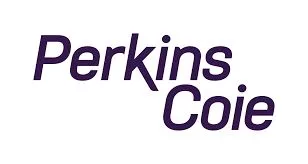- within Family and Matrimonial, Transport and Real Estate and Construction topic(s)
On June 24, 2021, Google announced that it would extend the phase-out timeline for Chrome's support of third-party cookies by nearly two years. Although Google originally planned to remove third-party cookie support by early 2022, the revised deadline for late 2023 represents Google's intent to "move at a responsible pace" that will allow further discussion and engagement with the public and regulators, and to give publishers and the advertising industry at large more time to adjust their services.
The plan is part of Google's Privacy Sandbox Initiative (Initiative), which aims to help create web technologies that both protect individuals' privacy online while also allowing companies and developers to build strong digital businesses. The third-party cookie support phase-out plan is just one part of the Initiative, aimed at addressing advertisers' ability to identify an individual's web browsing activity in order to tailor the advertisements shown to the same person on different websites. Google's efforts in this regard represent a greater industry trend that is responding to new developments in privacy laws that address cross-context behavioral advertising.
So what is Google planning to do with this additional time? For Google, the priority will be to encourage privacy-preserving technology that will "help ensure that cookies are not replaced with alternative forms of individual tracking" such as covert device fingerprinting. With this in mind, the new phase-out will be conducted in two parts, with one stage beginning in late 2022 that will allow publishers and advertisers to migrate their services, and a second stage starting mid-2023 where Chrome will phase out its support for third-party cookies.
With Chrome as one of the most widely-used browsers in the world, businesses engaged in advertising should continue to keep a close eye on this rollout.
The content of this article is intended to provide a general guide to the subject matter. Specialist advice should be sought about your specific circumstances.


